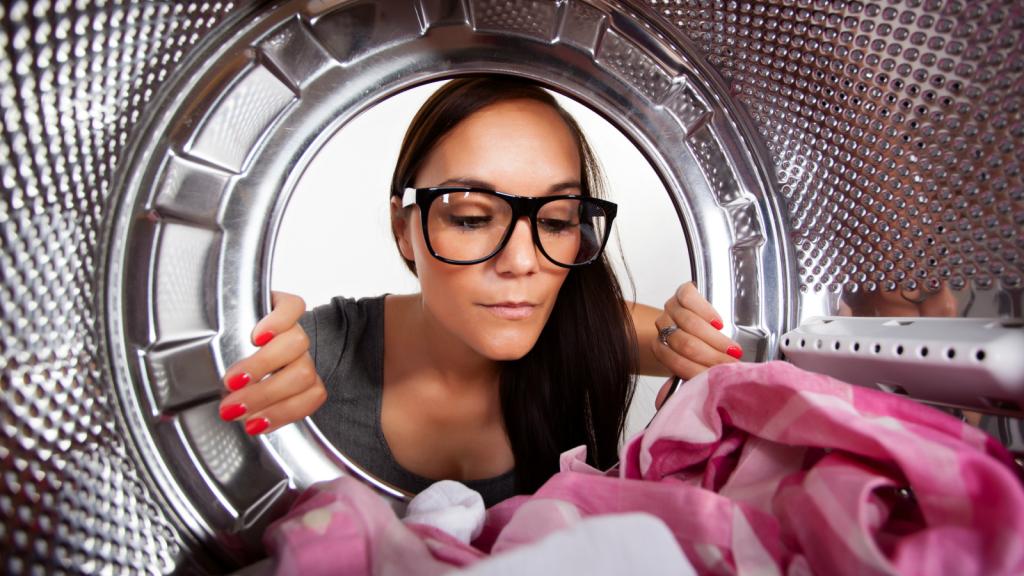NASA recently announced that it will start studying a bunch of cutting-edge aviation ideas — four of which could make commercial air travel much cleaner than it is today. The announcement comes after the EPA said that it’s going to crack down on airplanes’ greenhouse gas pollution. Think of NASA’s schemes as a window into what a cleaner future will look like.
- First up, fuel cells. They’ve been used in spaceflight programs since the 1960s, but they’re still too complicated to work elsewhere. NASA wants to develop more efficient fuel cells and use them to replace the standard piston engines found in most aircraft.
- 3-D printing is ideal for creating precise aviation parts in small batches. NASA has a theory that it can use the rapid improvements in 3-D printing to make electric motors with smaller and lighter parts. Smaller and lighter means much more efficient.
- Lithium-air batteries are a hot topic in the world of energy storage. In theory, li-air batteries have the highest energy storage capacity of any battery. The problem is, they stop working after being charged a handful of times. If NASA can fix that, it could revolutionize electric aircraft.
- As of press time, airplane wings are much the same as they’ve been for decades — stiff as a board. But if the tips of wings could flip up or down during takeoff and landing, engineers could design planes with smaller butts and help airplanes save tons of jet fuel (right now, a weighty caboose is critical for a safe landing).
All of this cutting-edge technology remains in the “cool idea” stage. NASA’s own press release is honest about that. The overall tone seems to be “heck, let’s give it a shot.” If they work, NASA rejoices. If they don’t work, well, at least NASA tried.



